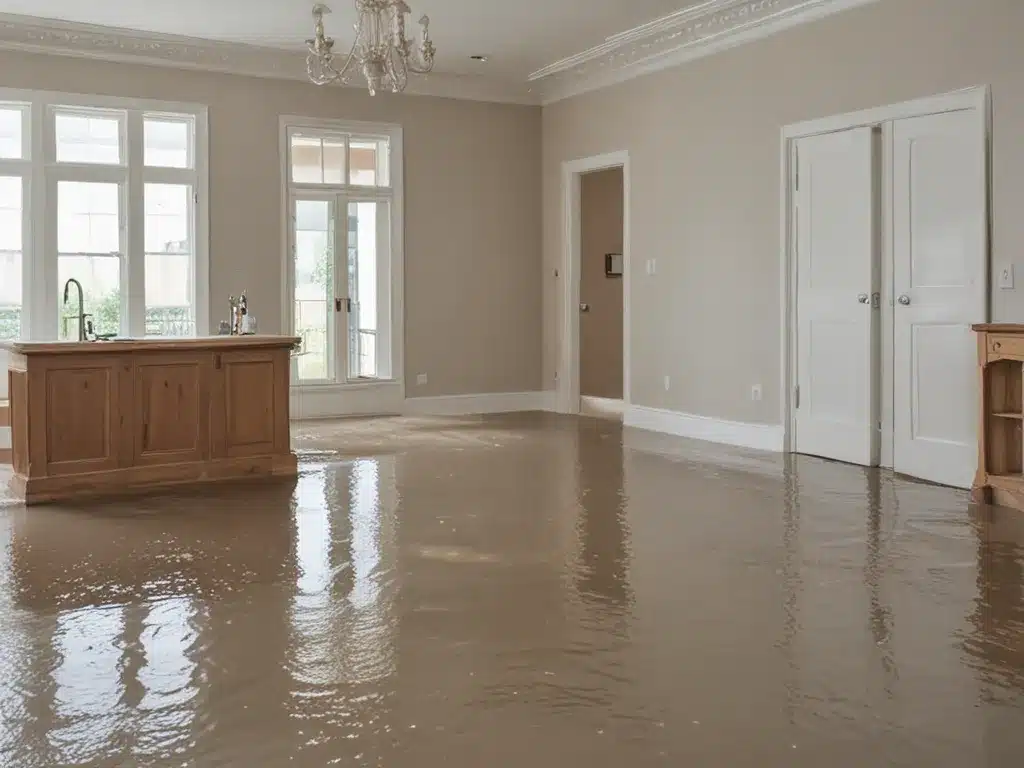Assessing the Damage
Facing water damage can be extremely frustrating and overwhelming. As soon as I discover a flood or leak in my home, the first step I take is to thoroughly assess the damage. This involves identifying all affected areas and determining the extent of the impact. I inspect for water stains, moisture, warped floors or walls, mold, and damage to furnishings and appliances. I also check if the water is clean or contaminated, as sewage water requires more extensive remediation.
Knowing the full scope of damage allows me to understand what is needed for restoration and prevents further deterioration. I take photos and videos as evidence for insurance claims. For major flooding, I may need to contact a water damage restoration company to assist with evaluating the situation. However, for minor leaks or spills, a careful self-inspection provides the information I need to begin the recovery process.
Drying Out Affected Areas
Once I complete the damage inspection, my next priority is to stop any ongoing flow of water and dry out all affected areas. This helps prevent mold growth and additional structural damage.
For small leaks or spills, I use towels and a wet/dry vacuum to absorb standing water. For large floods, I remove as many wet items as possible and use industrial dehumidifying equipment to thoroughly dry the space. These powerful commercial dehumidifiers extract an immense amount of moisture from the air and surfaces.
I keep the dehumidifiers running until there is less than 15% relative humidity in the affected rooms, which prevents mold growth. Monitoring the humidity with a hygrometer allows me to know when the area is sufficiently dry. Thorough drying can take several days after extensive flooding.
Sanitizing and Deodorizing
Even once affected areas are dried out, flood damage can leave behind contaminants and foul odors. I use disinfectants and deodorizers to sanitize and freshen the space.
For sanitizing, I mix together one part bleach and 10 parts water in a spray bottle. This bleach solution kills dangerous mold and bacteria left by flood waters. I spray it onto any impacted surfaces and let it sit for at least 10 minutes before wiping it off. This removes lingering microbes.
For odor removal, I sprinkle baking soda over carpets, floors, and other absorbent materials. The baking soda helps trap unpleasant smells. I let it sit overnight before vacuuming. I also set bowls of white vinegar around the space to absorb musty smells. Essential oil air fresheners provide a final cleansing scent.
Replacing Water-Damaged Materials
If flooding sat for an extended period before being discovered, I often have to replace water-logged furnishings, drywall, insulation, and carpeting. The moisture causes permanent damage to these materials that cannot be remediated with drying alone.
I discard and replace any fiber-based items that stayed wet for over 24 hours. This includes carpet, mattresses, couches, and other upholstered furnishings. For walls, I cut away lower drywall that wicked up flood water. I check that wall studs are not warped before replacing the damaged drywall. If insulation got saturated, I replace it to prevent mold.
Professional water damage companies have pricing guides to determine if furnishings and building materials meet the threshold for replacement rather than cleaning and drying. I consult with them when assessing major flood damage.
Preventing Future Floods
Once restoration is complete, I implement preventative measures to avoid recurring flood damage. Depending on the flood source, options may include:
- Installing sump pumps to remove groundwater
- Repairing cracks in the foundation
- Improving lot grading so water flows away from the structure
- Repairing leaky plumbing pipes or installing leak detectors
- Cleaning gutters and downspouts so rainwater can drain
Taking these steps minimizes the chance of a future flood. I can now relax knowing I have a plan to deal with water damage! Proper assessment, drying, sanitizing, restoration, and prevention allow me to get past the frustrations and recover from flooding events.







